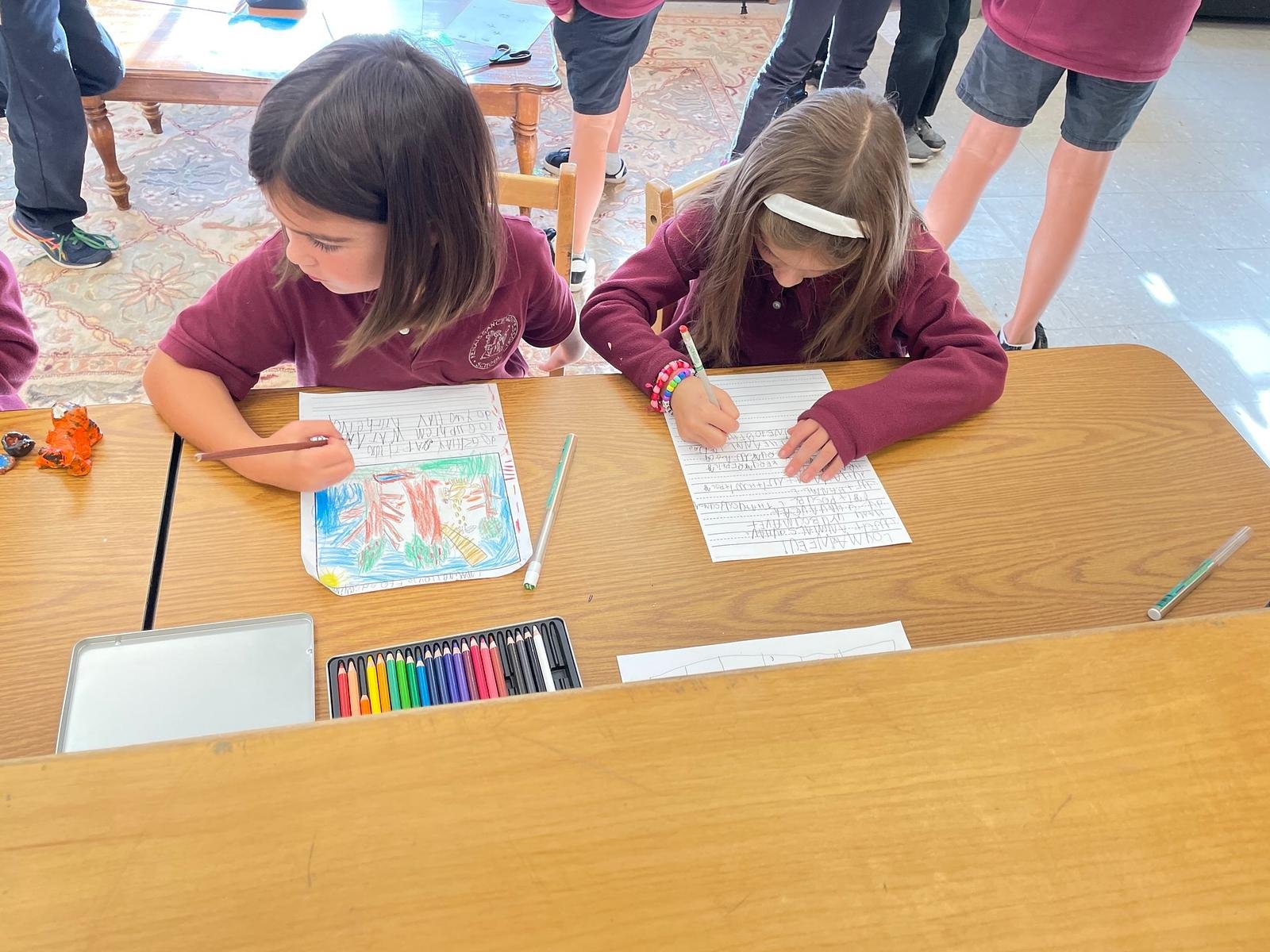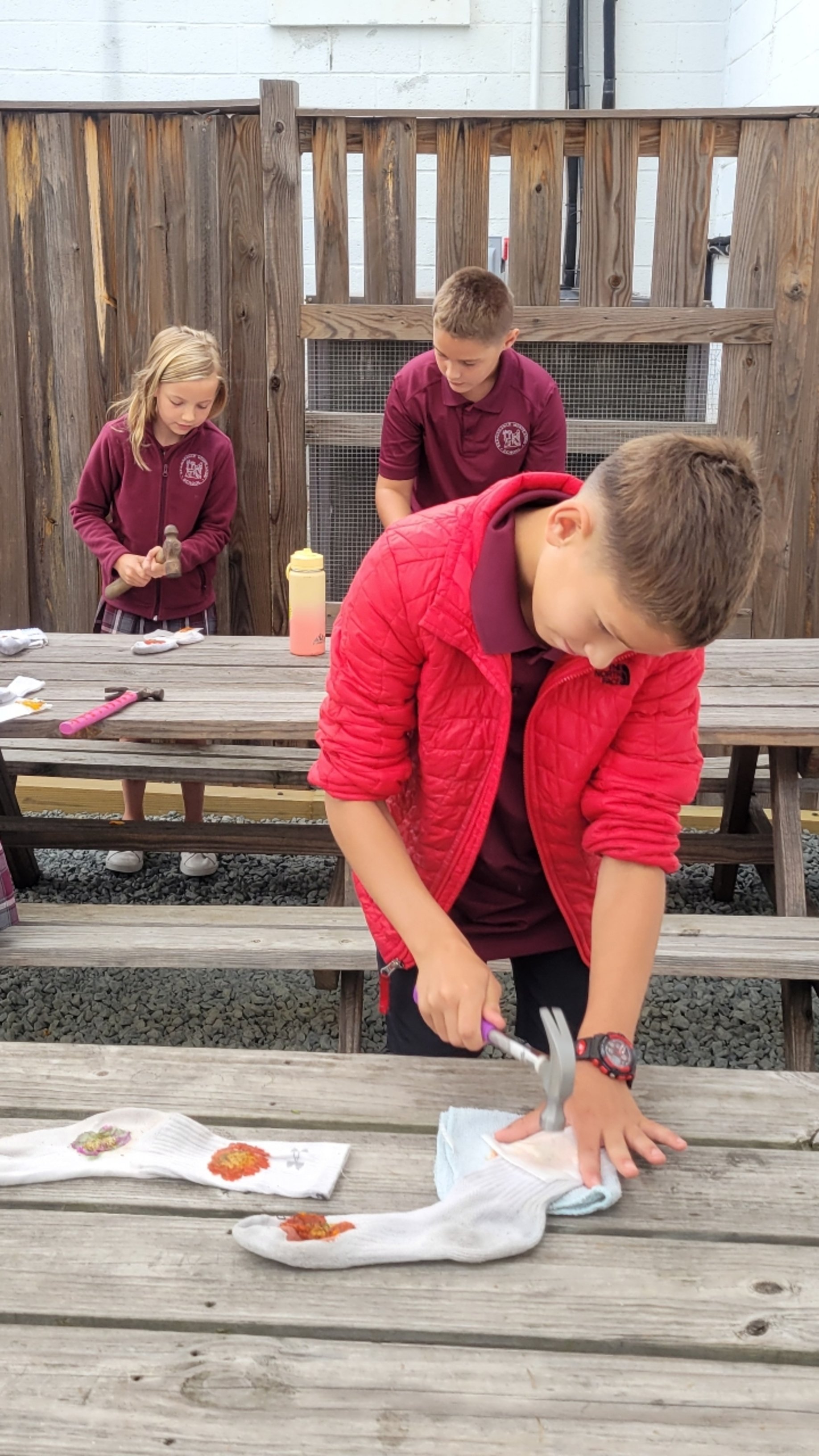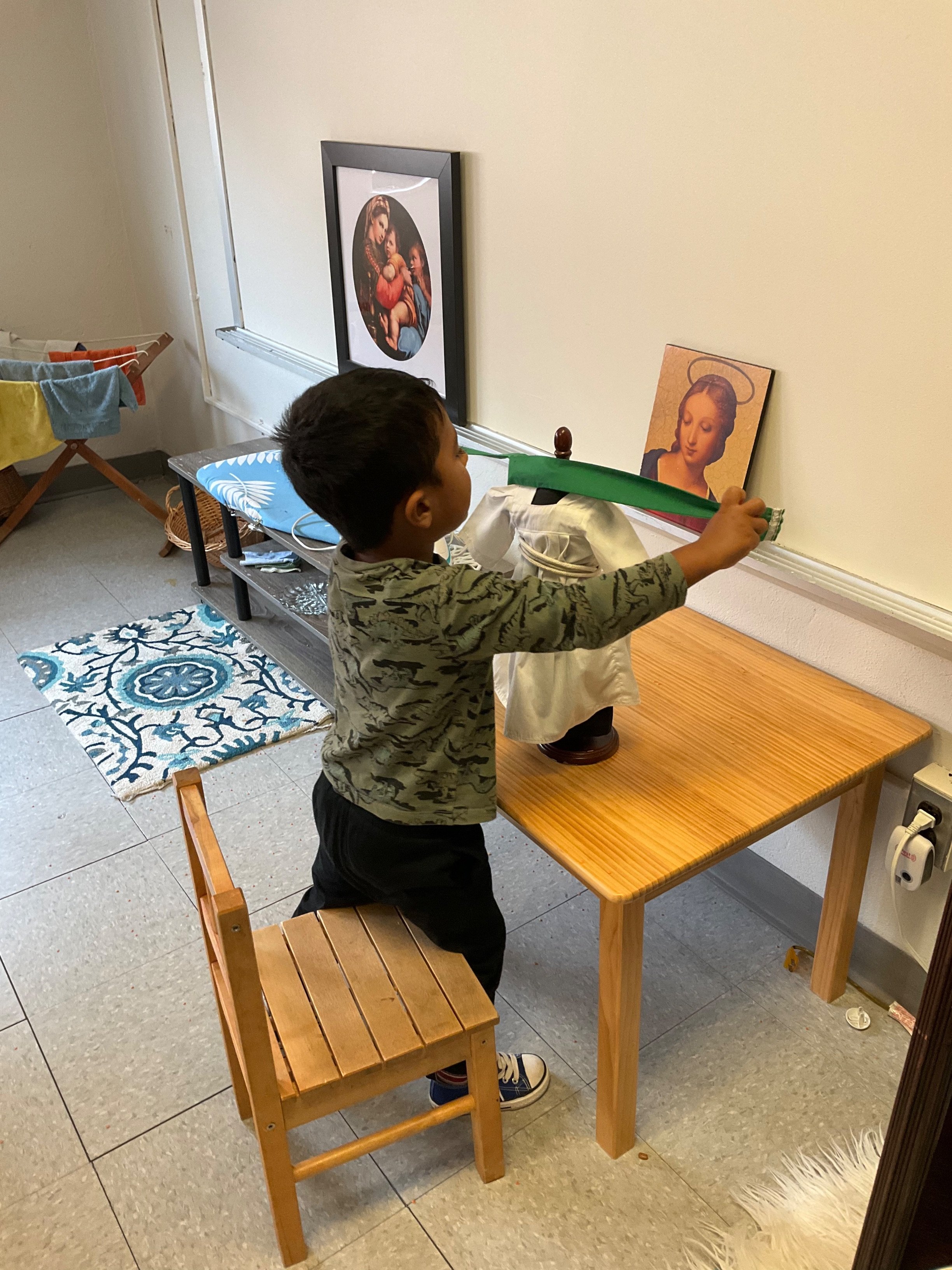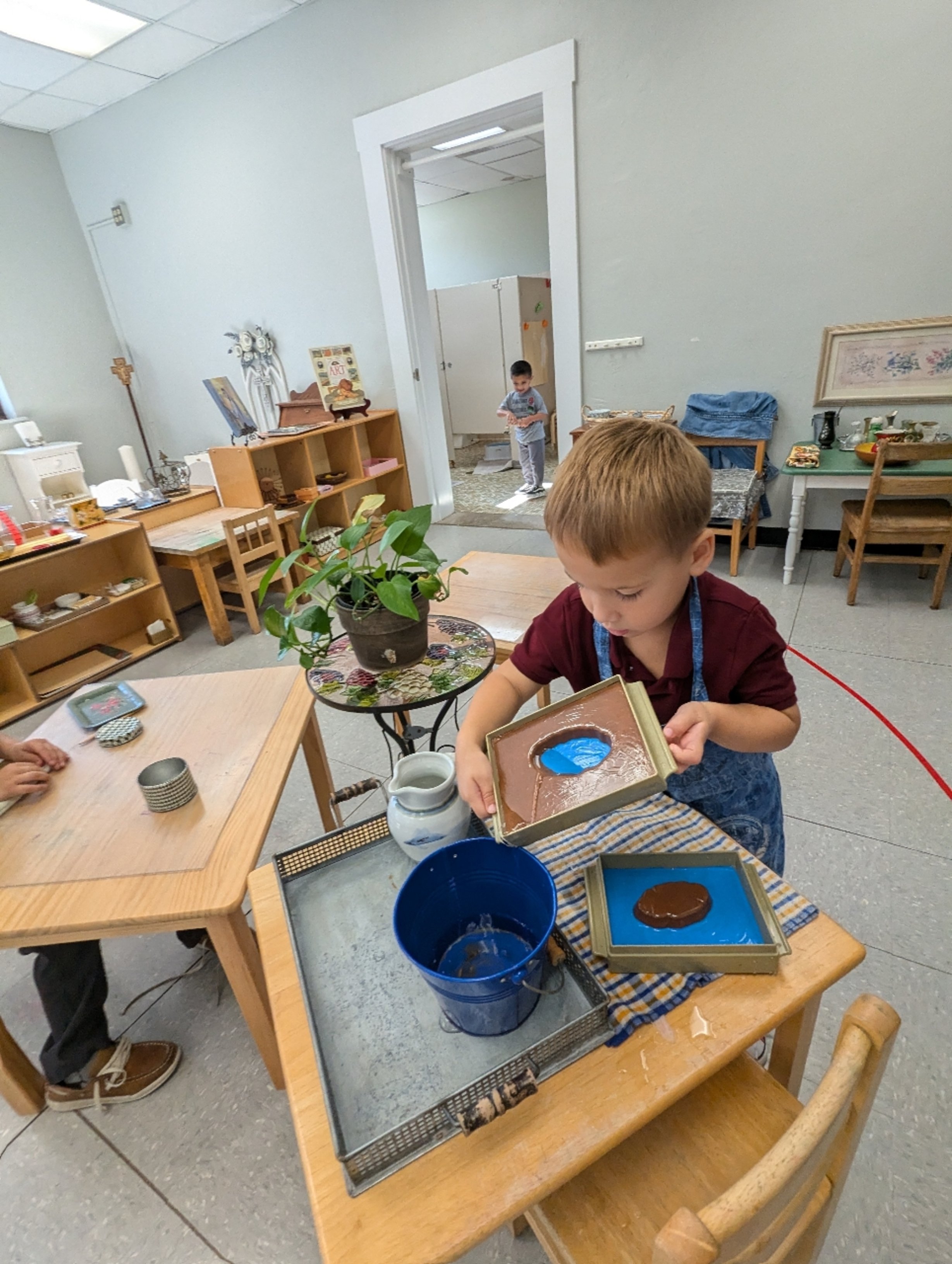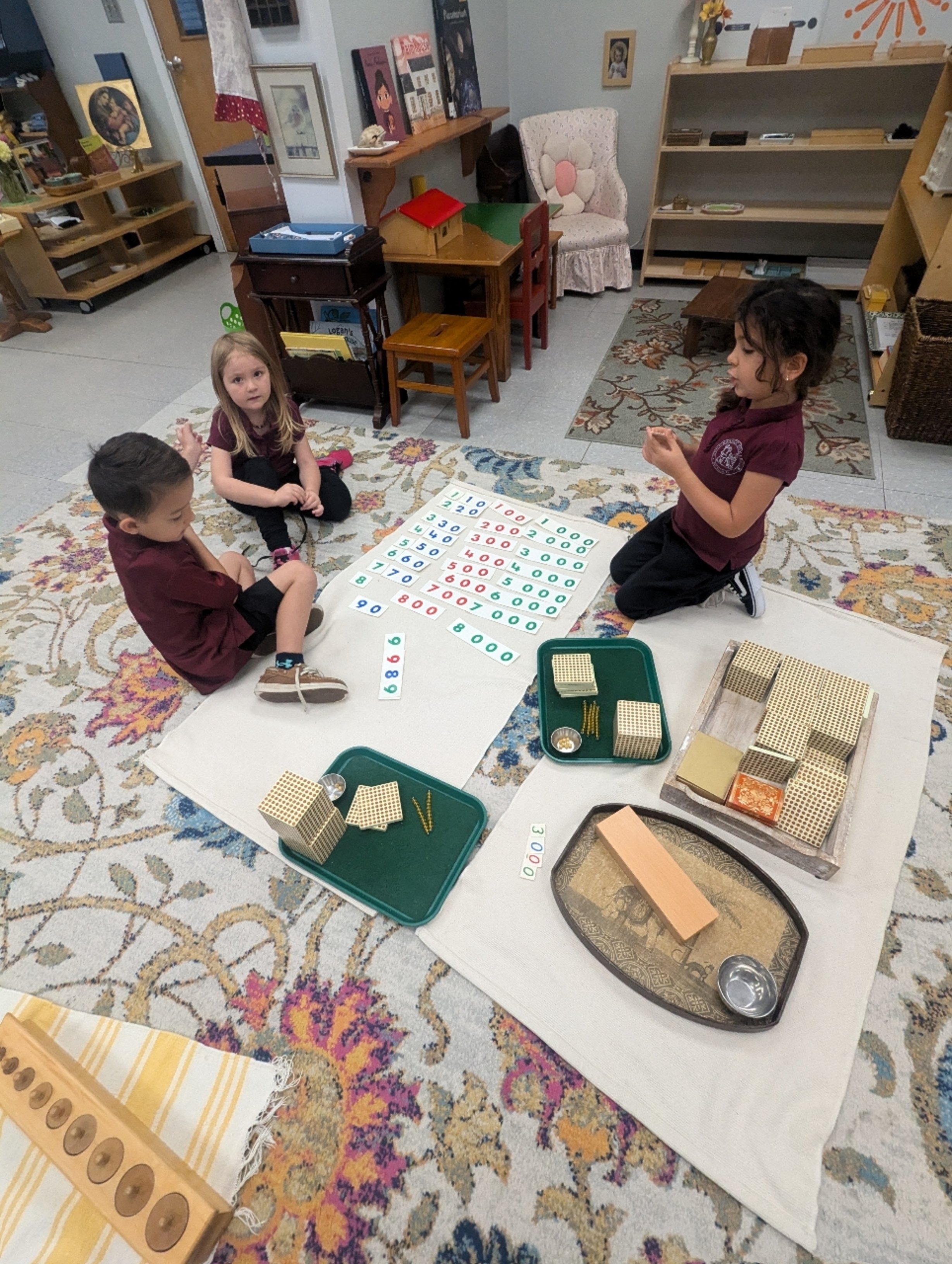In the journey of early childhood development, introducing eye hand coordination activities at the age of 5 months is a gentle yet profound way to support a child’s growth. I remember the first time I introduced a small, simple activity to a young infant, just a soft, easy-to-hold object that encouraged them to reach out, grasp, and explore with their hands. Watching them interact with this tiny object, I saw the beginning of a critical process – the development of the child’s control over their movements and the way this ability opens doors to understanding their environment.
Maria Montessori spoke of the hand as an “instrument of intelligence,” a concept that resonates deeply as I see these little ones discovering the world. Their hands, at first clumsy and unsteady, start to reach purposefully, touch, and eventually hold with a gentle precision. When we offer them materials to explore, it’s as though we’re inviting them into a conversation with their surroundings. Every grasp, every touch, every shake of a rattle is a message “I am here, and I am discovering.”
It’s important to remember that the growth of these skills isn’t immediate but unfolds bit by bit, through practice and repetition. This gradual refinement of movement, enabled by myelination (the formation of a protective sheath around their nerves) allows the child to gain better control, little by little. Through each attempt, each reach, and each grasp, they are forming connections that will empower them to explore their world more effectively.
As they grow, their curiosity leads them to more complex activities, and around 16-18 months, we see them reaching new levels of coordination, they are now refining their eye hand coordination. I’ve watched children become captivated by activities like stringing beads, cutting strips, pasting, and sewing. It’s incredible to witness a young child, a year or two old, completely engrossed in an activity for at least 15 minutes to an hour. These moments of concentration remind me of the profound capability children have for focus and engagement when they are offered the right challenges and opportunities.
Every activity at this stage has a purpose, it’s all carefully chosen to support the child’s development. Stringing beads, cutting, pasting, and sewing, for example, isn’t merely a craft and a pastime, it’s a practice in coordination, patience, and independence. The child is developing their finger strength, learning the pincer grasp, discovering that their hands can work with precision, learning cause and effect, logical sequencing, and even the thrill of accomplishment! Each step and sequence engages their mind, and each success builds their confidence. As I guide them through these activities, it’s important to highlight points of interest, the parts of the activity and movement that require particular attention. When a child misses a key step, rather than simply correcting them, I show them the steps gently, helping them notice the details they might have overlooked. This allows the child to learn without feeling discouraged. My role is to be a guide and a model, to demonstrate with care, but never to make them feel as though they’re incapable. Children thrive when they feel trusted, and this trust fuels their independence and self-esteem.
In these interactions, I also see the child’s ability to create external order in their environment, which will create their internal order later. Children are so sensitive to the organization of their surroundings; they crave predictability and find comfort in routine. By engaging with these materials and tasks, they are not only developing eye hand coordination but also reinforcing a sense of internal and external balance that will serve as the foundation for their self-construction.
This past week as I observed children spending extended periods with specific activities, I was struck by the dedication they showed. The young children with intense concentration, either stringed beads – one by one, carefully trying to find that hole with the string; cut strips of paper meticulously – fascinated by the snip-snip of the scissors and the pieces that fell into place; pasted with precision – to ensure the glue was applied only on the shape to be mounted on the cardstock; and sewed – calculating their finger movements to thread the needle and being able to push the needle through, and pull out the needle and thread. All these particular activities, the children focused for almost an hour. These moments of focus are not just signs of engagement, they’re the seeds of concentration and determination that will carry through their lives. The children are learning to persevere, to try again when a bead falls or a strip doesn’t cut quite right. Each tiny challenge met builds their resilience and a deep sense of satisfaction.
These activities also bring together intelligence, will, and movement in a harmonious way. When a child picks up a bead or reaches for a piece of paper to paste, they’re making decisions and taking action. They’re choosing their steps, testing their abilities, and making sense of the effects they can create. This process strengthens their understanding of themselves and their environment. They see the results of their actions, learn practical skills, and discover cause and effect. In offering these experiences, we help children develop more than coordination, we nurture their ability to make choices, their resilience in the face of a challenge, and their belief in their own capability. Each bead, cut, or stitch represents more than a task – it’s an affirmation of their independence and a step toward their future selves. In these quiet moments of concentration, these gentle steps toward skill and understanding, I am reminded of the wisdom in Montessori’s words. Children’s hands truly are instruments of intelligence, shaping not just objects in their environment but the very structure of their growing minds and spirits. By nurturing this exploration and providing materials thoughtfully, we are not just helping children refine eye-hand coordination. We are offering them the tools to construct their world, piece by piece, and in doing so, they construct themselves.






